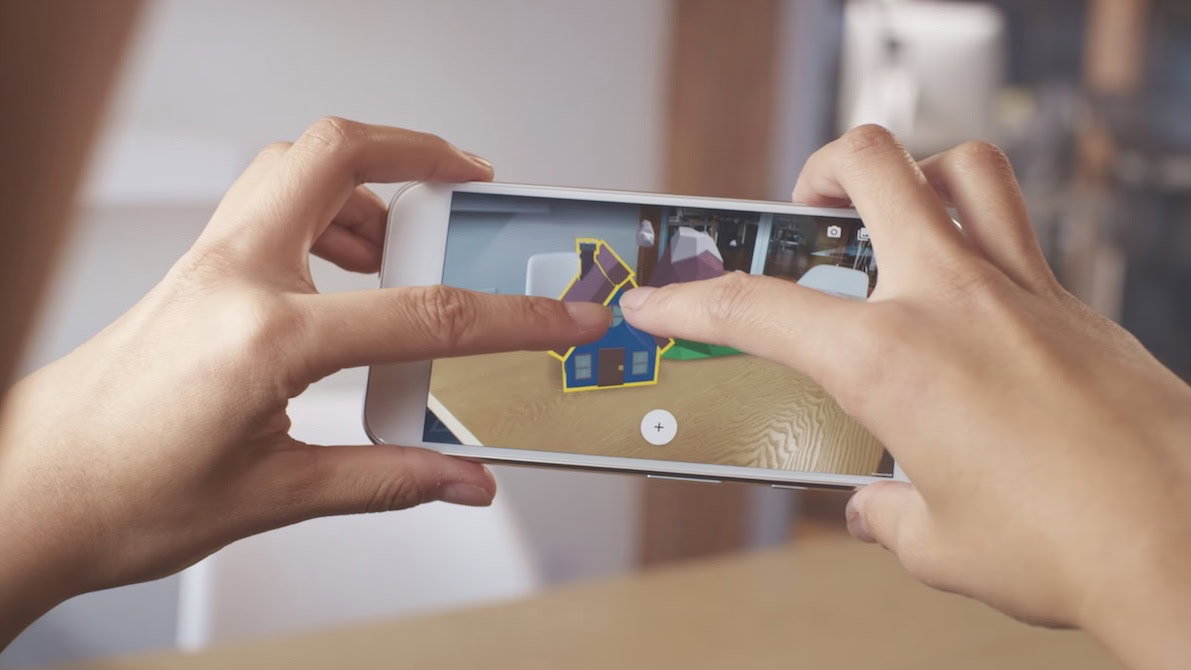Affiliate links on Android Authority may earn us a commission. Learn more.
ARCore 1.2 adds multiplayer support for AR Android and iOS apps

- As part of Google I/O 2018, Google released the latest version of its ARCore tools for making augmented reality-based mobile apps.
- The big new feature in ARCore 1.2 is the addition of multiplayer support for AR apps.
- Android apps with ARCore 1.2 will also be able to offer cross-platform play with their iOS counterparts.
In 2017, Google first announced ARCore, its new software development tools for making augmented reality-based mobile apps. After some developer previews, ARCore 1.0 was released by Google in February 2018. Today, as part of the Google I/O developer conference, the company released the latest version of the tools, ARCore 1.2.
As Google revealed in a blog post, the biggest new feature in ARCore 1.2 is called “Cloud Anchors”, which brings multiplayer support for developers who make AR apps with those tools. Cloud anchors are supposed to take a virtual item that’s seen in an AR app, and sync that item into a cloud, where it can be sent to other devices with the same app. This means two people running the same AR app should be able to see the same virtual item in the real world at the same location.
Even better, the new feature works with Apple’s own ARKit tools for iOS devices. That means that a developer can build the same AR app it made for Android for the iPhone and iPad with Apple’ software kit, and the data should sync up in the cloud for both Android and iOS versions.
ARCore 1.2 also adds support for AR apps to detect walls and vertical surfaces; previously, the tools could only allow AR apps to “see” horizontal surfaces. Finally, there’s a new Augmented Images feature that uses image recognition. This will allow AR apps to launch when the phone’s camera detects a specific object, like a movie poster or the front of a cereal box.